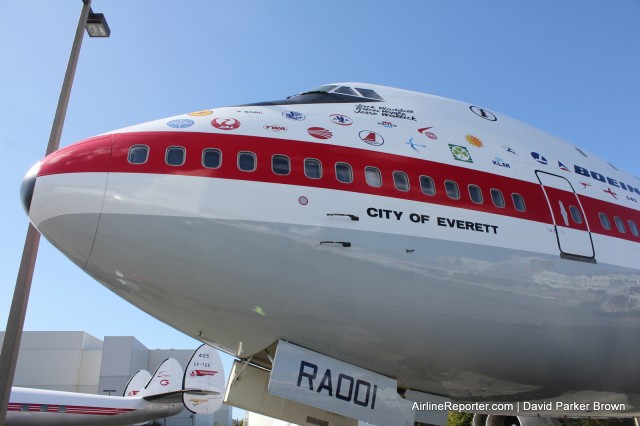
The City of Everett looks great in her new coat of paint
For those of you who have previously visited the Museum of Flight, you know it is a world-class facility and well worth the visit. However, it was always sad looking at the first Boeing 747 sitting outside in bad shape.
As the years passed, the condition of the beauty only got worse. Luckily, things have been changing and now there is one gorgeous Boeing 747 sitting out in the museum’s Airpark.
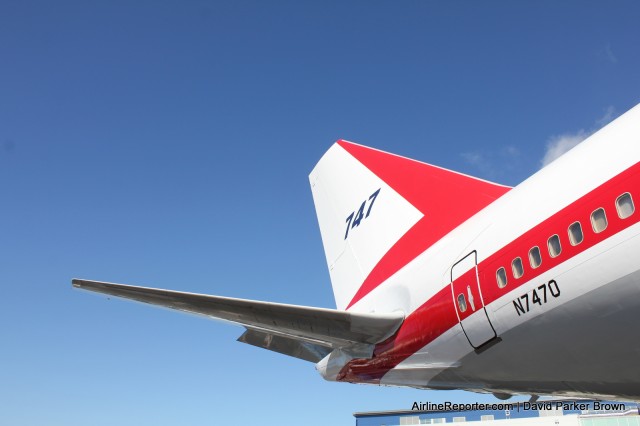
The red on the stripe and tail once again pop
The museum started renovating the interior back in 2013 and then the exterior this July.
The aircraft was not only the first 747 that flew, on February 9, 1969, but it also became a test-bed for 747 improvements and engine developments for the 777’s GE90.
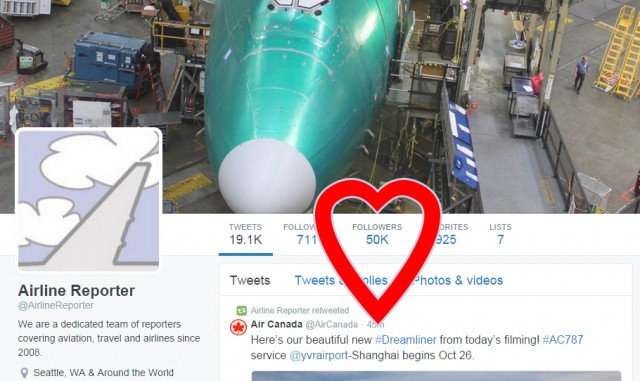
So happy and proud to hit over 50,000 followers — thank you!
I don’t just want to go about tooting our own horn here, but I have to admit that I am pretty darn excited that we hit a big benchmark this morning: obtaining over 50,000 Twitter followers.
I remember way back in the day being super excited about hitting 5,000 and thinking that we would likely settle there. But a huge thank you to all of our fans and readers for making us relevant! The power of having so many fans is that airlines, folks in aviation, and others take notice and give us access to some pretty cool experiences, which we share with you every day.

How cute – our first Tweet – made when our name was different
We started on Twitter back in May of 2009. Not really an early adopter, but not late to the game either. Most airlines were not yet on Twitter, and neither were Boeing nor Airbus. I remember being hesitant because I really didn’t get the concept, but people kept telling me that I had to be on it. Now it is a key place where we get our information and leads for stories and it is the go-to source for breaking news.
For a long time, I was @AirlineReporter – it was my personal Twitter account and also the one for the brand. As the AirlineReporter team grew, it didn’t make much sense to use it personally, and I broke off with using @ARdpb for my personal stuff (although it is still 95% airplane-related) and keeping @AirlineReporter for the brand.
Getting to this point has been a big team effort. Not just our amazing writers who are producing the content, but others like @NYCAviation, @AirwaysNews, @RunwayGirl, @JonOstrower, @AirlineFlyer and many more on Twitter who have been following, supporting, and sharing our Tweets for years.
If you aren’t one of the cool kids already, be sure to follow us on Twitter (while you are at it, you might as well like us on Facebook too).
We will try to keep on growing and welcoming new readers, while still staying loyal to who we are and respecting the fans who have been with us for years.
Tell me – when did you start following us?
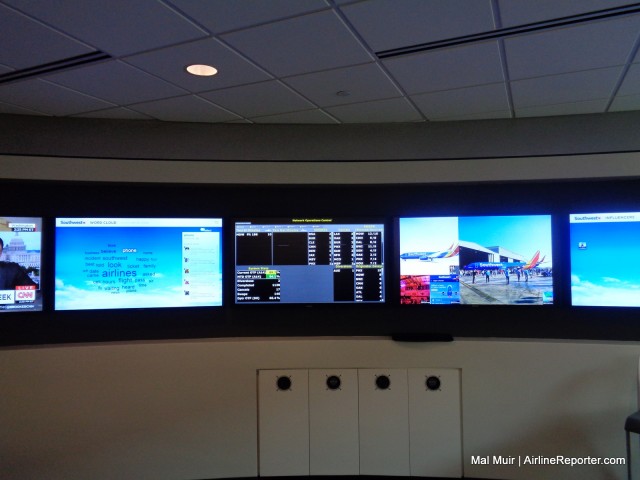
Wall-mounted screens in the new Southwest Airlines Listening Center
Airlines in the modern world seem to use social media one of two ways. Either as an effective marketing tool with no ability to handle any customer service functions, or as a customer service tool with little-to-no ability to market effectively. There are a rare few airlines that can do both of these things and one of them is Southwest. Recently, they began operations in their new Listening Center, a kind of “social media command center” and I had a chance to see how it works.
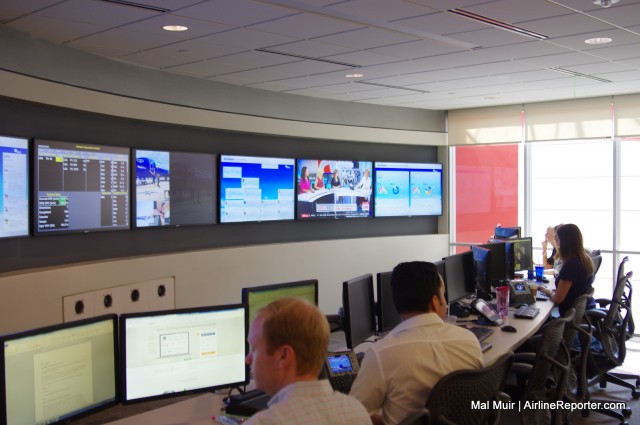
A better look at the set up in the Listening Center
Social media platforms like Facebook, Twitter, and Instagram have become so ingrained into many of our lives. We have access to them on our phones, tablets, and computers – even on watches – that it becomes so overwhelming.
In some forms it is a great way of sharing things with others, like what you are doing or where you are going. However, it is also a great tool in getting a message across or being able to get some things fixed. As social media has grown over the years, it has become more and more apparent that businesses need to address these platforms as a separate communication tool and start to use them effectively. The Listening Center at Southwest is the first of its kind and is staffed by up to nine people at a time.
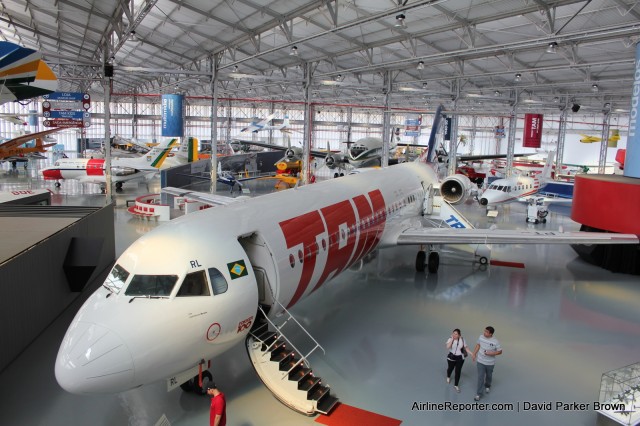
The TAM Museum has quite the impressive collection. You can go into the TAM Fokker 100.
When I was invited to check out the Museu TAM (aka the TAM Museum, Museu Asas de um Sonho, or the Wings of a Dream Museum), of course I was excited. I was expecting to check out a facility that told the history of TAM Airlines and was mostly focused only the airline. I was surprised to find out that there were parts of the museum that focused on TAM, but really there was also a broader look at Brazilian aviation and aviation in general.
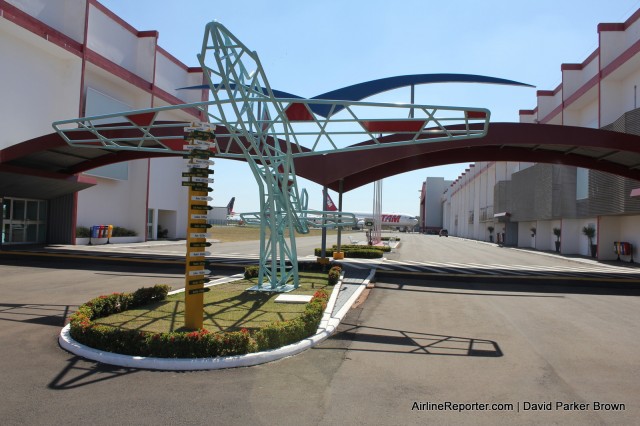
You can see the TAM MRO behind the museum
If you are a fan of airlines, military aircraft, or old war birds, you will find something of interest. Of course, if you like all those different things, then this is the place for you. The best part — it is open to the public to check out!
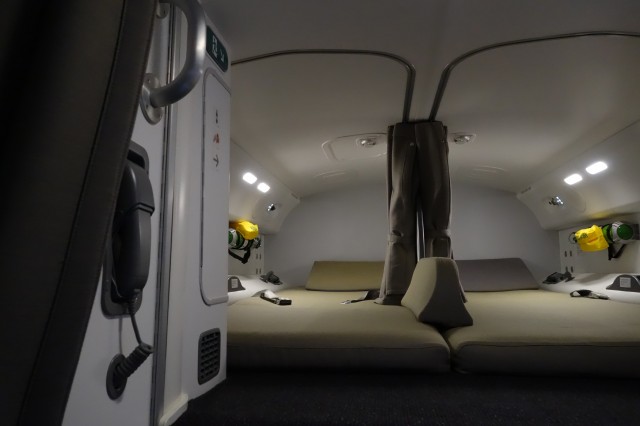
The pilot’s rest area inside an Air Canada Boeing 787 Dreamliner – Photo: Howard Slutsken | Airways News
Often passengers on long-haul flights do not stop and think about the need for the flight crew to rest. Pilots and flight attendants only have a certain number of hours that they can work, and then they need their time to rest.
Some airlines opt for crew rest areas either above or below the passenger cabin of the aircraft, while others will have crew just use your standard passenger seat.
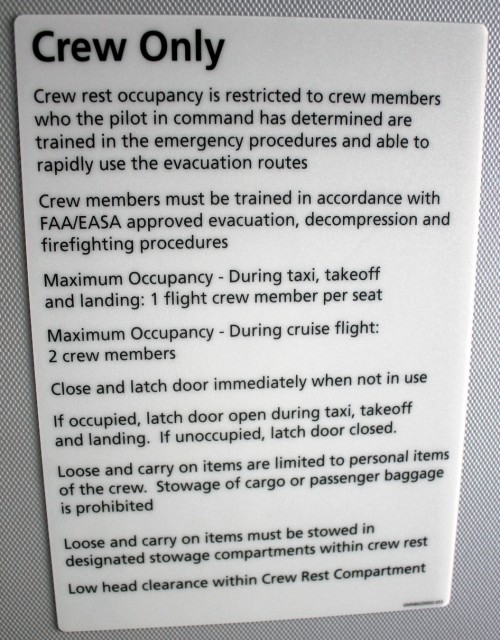
A crew rest sign means business – Photo: David Parker Brown | AirlineReporter
We have had a chance to visit quite a few different rest areas and I have to say that one thing that most of them have in common is they are small. They probably wouldn’t be a good fit for those who are claustrophobic.
It is not always easy to get to the rest areas (normally, steep stairs or a ladder), and once you are in, there isn’t always too much room to maneuver. However, what they do offer is a private space, away from passengers, to get some rest.
We wanted to share the number of different crew rest areas that we have visited. Enjoy the photo tour:









